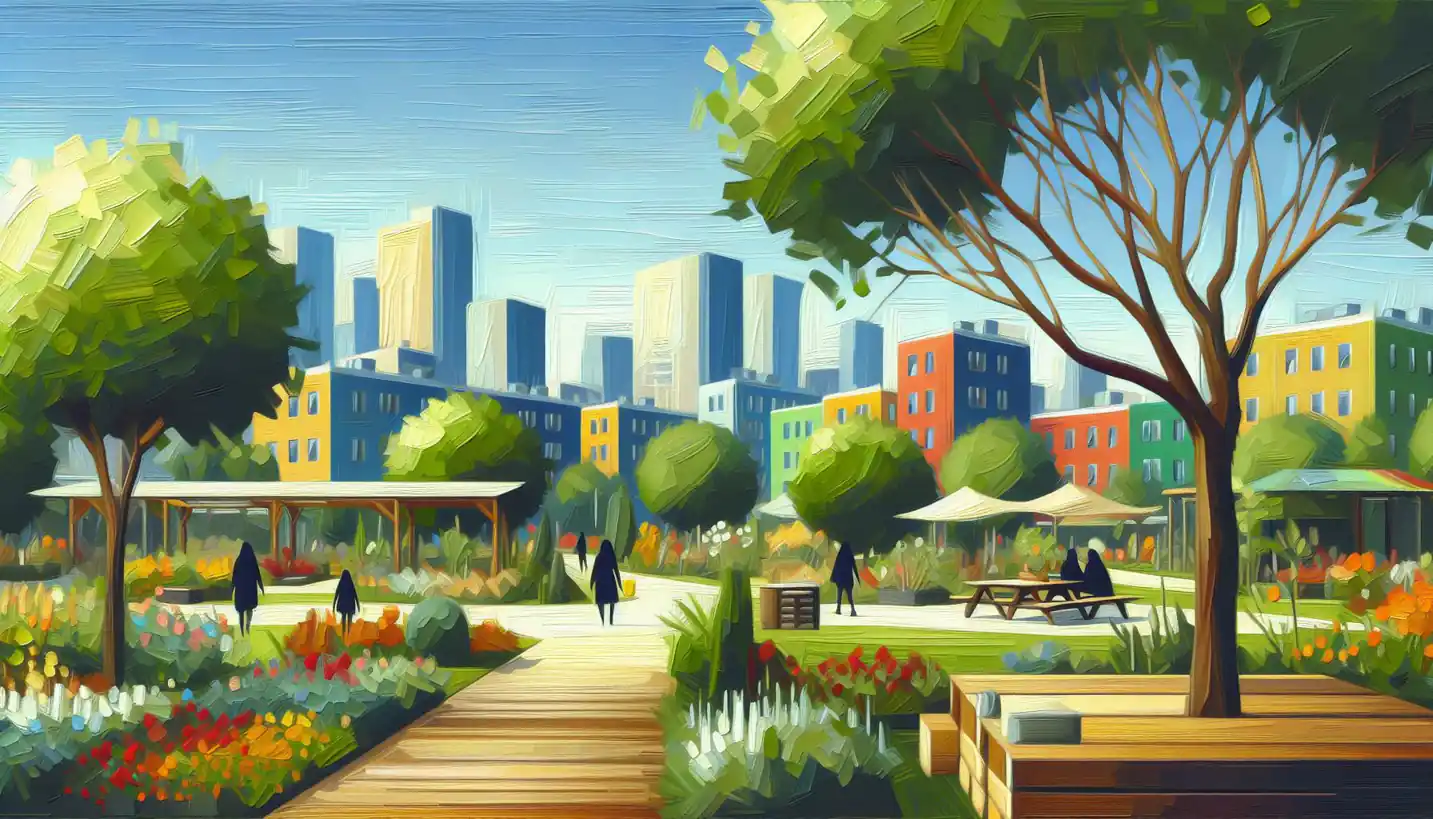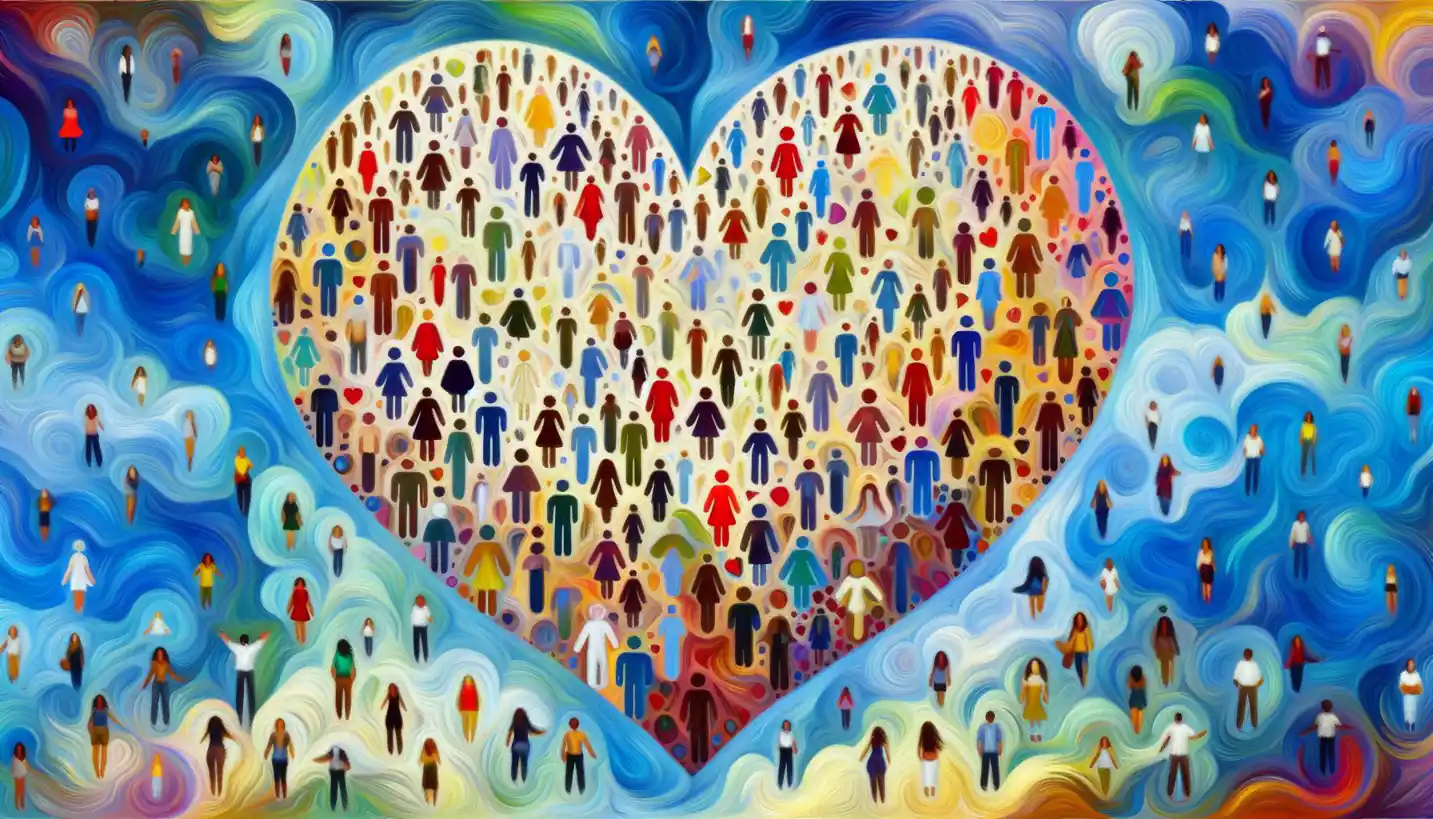· Sociology · 4 min read
Suburbanization: A Sociological Journey Through Urban Change
Suburbanization changes urban landscapes, redefining city living and community dynamics. Examine the sociological journey as societies adapt to these shifting urban patterns.

When people think about suburbanization, often the image of endless rows of similar-looking houses with tidy lawns comes to mind. But suburbanization is much more than just a collection of homes outside city limits; it’s a fascinating social phenomenon that has significantly shaped our modern world.
Suburbanization refers to the movement of people from urban areas into suburban areas, creating sprawling communities that spread out from city centers. This shift is deeply intertwined with social, economic, and cultural changes, fundamentally altering how people live and interact.
The Evolution of Suburbanization
Suburbanization didn’t happen overnight. It started gaining momentum in the mid-20th century, driven by several factors. One key player was the car. As automobiles became more affordable and widely available, people found they could live further from where they worked, giving rise to the suburban lifestyle.
In addition, post-World War II economic prosperity played a vital role. Many families sought the “American Dream,” which often included owning a home in a peaceful suburban setting. Government policies, such as home loan programs and investments in highway construction, further fueled this migration.
Why Move to the Suburbs?
Many people were lured to the suburbs by the promise of more space, better schools, and a quieter, safer environment. Suburbs offered an escape from the hustle and bustle, creating a feeling of community and family-friendly living. The allure of tree-lined streets and a sense of security made suburban life highly desirable.
However, it’s not just about the individual benefits. Suburbanization also reflected broader social trends, including a desire for upward mobility and a shift from industrial to service-oriented economies.
The Impact on Cities
The rapid movement of people to suburban areas had a profound impact on cities. Many urban centers faced a decline as populations shifted outward. This resulted in various challenges, including decreased tax revenues and increased urban decay.
On the flip side, suburbanization also sparked city regeneration efforts. Cities began focusing on revitalizing urban areas, leading to developments that aimed to attract residents back to city centers.
Social and Cultural Shifts
Suburban living has led to significant social and cultural changes. One can see alterations in everything from family structures to commuting patterns. The suburbs influenced a sense of isolation and a car-dependent lifestyle, leading to new social dynamics.
Interestingly, suburbanization also impacted racial and economic diversity. Historically, many suburbs were predominantly white due to discriminatory practices like redlining. However, this has been changing, with increasing diversity in many suburban communities.
Environmental Considerations
The environmental impact of suburbanization is another angle worth exploring. Suburbs often contribute to urban sprawl, a phenomenon where urban areas expand uncontrollably. This can lead to the loss of natural habitats and increased pollution due to car dependency.
Yet, awareness and initiatives are growing to make suburbs more sustainable, with communities adopting practices to minimize their ecological footprint.
Future Trends and Questions
Suburbanization is an ongoing process, and it’s constantly evolving. With the rise of remote work due to technological advancements, the future of suburban living is an exciting topic. Will the suburbs continue to expand, or will people gravitate back towards urban centers?
Additionally, with growing awareness of environmental issues, the push towards greener living could redefine suburban landscapes. How these spaces adapt to changing needs and values remains a significant question for sociologists and urban planners.
The Role of Urban Sociology
Understanding suburbanization requires a keen look into urban sociology, a branch of sociology that examines social relationships and structures within urban areas. Urban sociologists study how urban environments shape human behavior and societal changes and provide insights into the dynamics of suburban growth and its impacts.
Their work helps us comprehend the complexities of suburbanization, offering valuable insights into making informed decisions about urban and suburban planning.
Emphasizing the Importance of Suburbanization
Suburbanization is not just a historical trend but a current social experiment with ongoing implications for society. Its significance lies in how it reshapes our environments and influences daily life, from commuting habits to the layout of communities.
For students, planners, and anyone interested in how societies evolve, understanding suburbanization is crucial. It’s a testament to human adaptability and choices that continue to shape our world.
As we look to the future, suburbanization presents both opportunities and challenges. It encourages us to rethink how we live, work, and interact, prompting the question: how can we create suburban areas that are inclusive, sustainable, and vibrant?
By exploring these considerations, we ensure that suburbanization serves as a positive force, fostering communities that adapt to societal needs while respecting our planet’s limits.
In conclusion, suburbanization tells a story of change, reflecting our desires and challenges as a society. As we continue to navigate this journey, let’s embrace the lessons it offers to build better communities for all.



